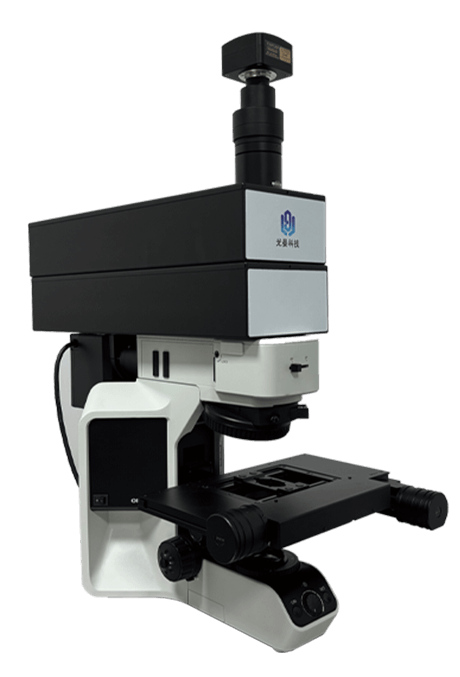Key Features
◆PL\Raman spectrum (standard function): PL\Raman spectrum excited by point-focusing or wide-field.
◆PL\Raman 2D Mapping (standard function): The laser is point-focusing on the sample, and the motorized stepping stages moves in two-dimensional space to realize the 2D Mapping function.
◆Motorized polarization-dependent spectrum and mapping (optional function): Polarization measurement can be realized by synchronous rotation of the polarizer and analyzer, or only rotation of the polarizer (analyzer).

Application Field
PL spectroscopy is mainly used for various types of luminescent materials, including semiconductor quantum dots, organic dye molecules, two-dimensional materials, perovskite films, etc., and is widely used in the fields of material chemistry, biomedicine, semiconductor physics and devices.
Raman spectroscopy is mainly used to study the vibration spectra of various materials and molecules: Raman peak positions represent the chemical fingerprints of specific molecules, each Raman peak position corresponds to a specific molecular bond vibration, Raman shift reflects the material composition, Raman peak width reflects the crystal quality, Raman peak strength reflects the total amount of material, and Raman polarization reflects the crystal symmetry and orientation.
